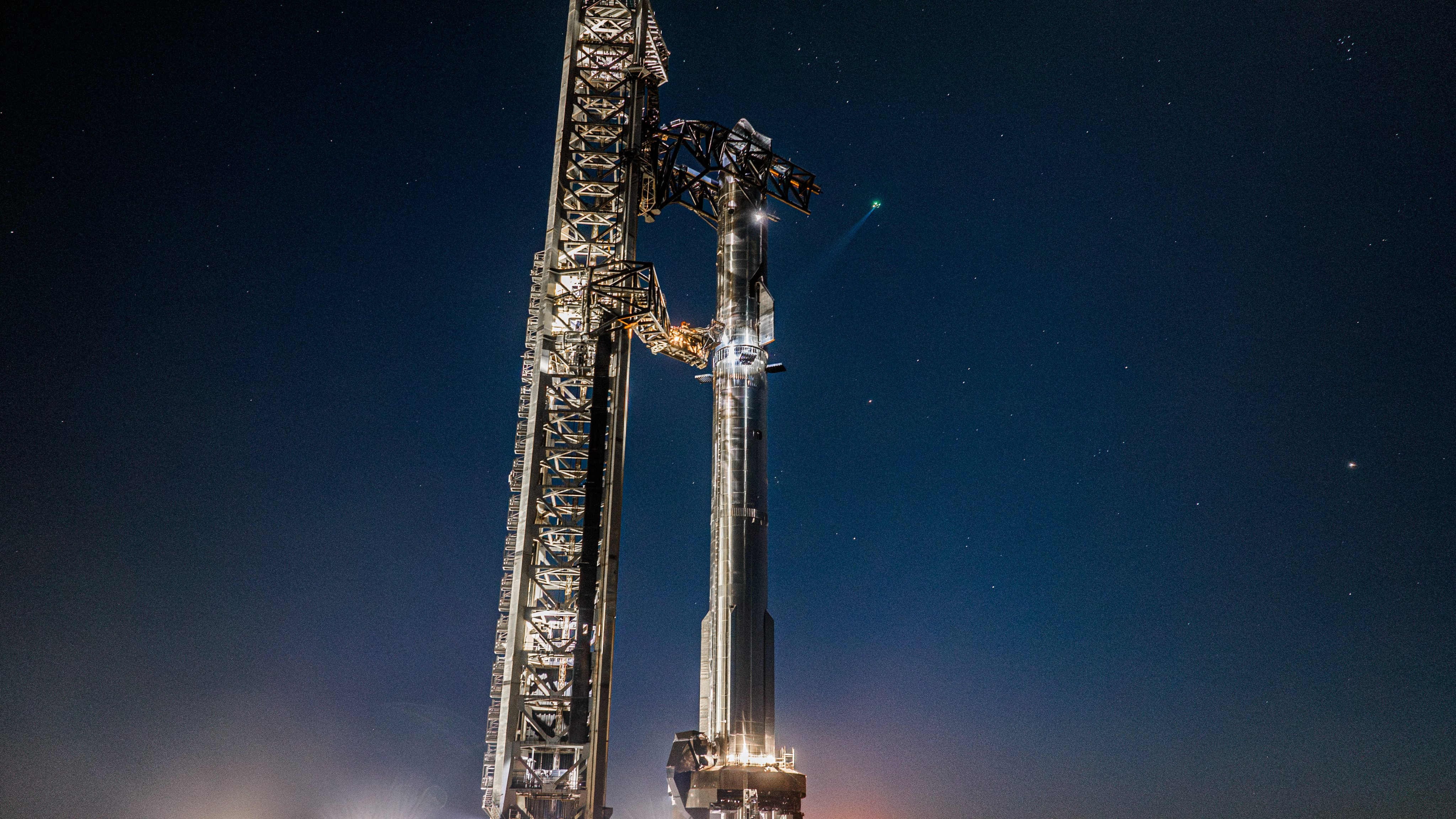New findings on stone tools are leading to a reconsideration of the cultural development of Homo sapiens as they spread across Eurasia approximately 50,000 to 40,000 years ago. This study from the Nagoya University Museum in Japan proposes a more complex and gradual process of cultural evolution, challenging the existing belief in a rapid cultural and technological ‘revolution’ that allowed modern humans to surpass Neanderthals and other early human species.
Cultural Transition from Middle to Upper Paleolithic
The research focuses on the Middle-Upper Paleolithic (MP-UP) cultural transition, highlighting a critical juncture between two important evolutionary phases. During the Middle Paleolithic era, from 250,000 to 40,000 years ago, anatomically modern humans coexisted with Neanderthals and used similar stone tool technologies. This era was characterized by the ‘Levallois methods,’ a technique involving the crafting of tools by hitting stones with a hammer-like tool.
Transitioning to the Upper Paleolithic era, between 50,000 and 12,000 years ago, marked a significant evolutionary advancement. This period witnessed the widespread geographic expansion of modern humans and the extinction of early human species. It was also a time of cultural flourishing, evidenced by progress in tool technology, food acquisition strategies, seafaring, and the emergence of artistic expressions through ornaments and cave art.
Challenging Traditional Theory
The traditional academic stance suggested the MP-UP transition as a sudden shift, driven by revolutionary cultural advancements, including a speculated neural mutation in Homo sapiens that enhanced cognitive abilities. This leap was thought to have given them a definitive edge over other species, leading to the extinction of Neanderthals.
However, the Nagoya University team’s research challenges this view. They analyzed the efficiency of stone tools across a 50,000-year timeline that covered six cultural phases, finding that the substantial improvement in tool-making productivity did not occur at the onset of Homo sapiens dispersal in Eurasia. Instead, it occurred later, alongside the development of bladelet technology in the Early Upper Paleolithic era.
A Nuanced Transition
This discovery suggests that the cultural evolution from the Middle to Upper Paleolithic was not characterized by a single, sudden revolution but was a complex, multi-staged process. Professor Seiji Kadowaki, the lead researcher, emphasized the nuanced nature of this transition, stating, “In terms of cutting-edge productivity, Homo sapiens did not start to spread to Eurasia after a quick revolution in stone tool technology, but rather the innovation in the ‘cutting-edge’ productivity occurred later, in tandem with the miniaturization of stone tools like bladelets.”
Understanding Human Evolution
In summary, this study presents a nuanced perspective of Homo sapiens’ cultural evolution during their expansion into Eurasia around 50,000 to 40,000 years ago. Instead of a swift technological revolution enabling modern humans to dominate over Neanderthals and other early species, the study proposes a more gradual and intricate process. By examining stone tool productivity over thousands of years, the researchers challenge the idea of an abrupt cultural shift, suggesting a multi-staged evolution characterized by later innovations in tool-making. The team’s research enriches our understanding of human evolution, portraying a journey of adaptation and innovation that has shaped human history.
Stone Tool Evolution
The evolution of stone tools offers a glimpse into human prehistory, showcasing the growth of human intellect, adaptability, and survival skills. Starting over 3.3 million years ago, the earliest stone tools, known as the Oldowan toolkit, were simple tools made of crudely chipped rocks used for cutting, smashing, and scraping. The innovation of the Oldowan tools showcased the ability to manipulate the environment for survival.
Around 1.76 million years ago, the Acheulean handaxe marked a significant advancement in technological sophistication, demonstrating an understanding of form and function. The Middle Paleolithic period, approximately 300,000 years ago, introduced the Mousterian tool culture, associated with Neanderthals and early Homo sapiens, featuring more specialized tools and the development of the Levallois technique.
The Upper Paleolithic, around 50,000 years ago, saw the emergence of the Aurignacian culture, characterized by an explosion of creativity and innovation, including the production of blade-based tools and art. The Mesolithic period, starting around 10,000 years ago, introduced microliths, small flaked stone tools used as parts of larger tools, which were pivotal for the development of efficient hunting and agricultural practices.
Mirror of Human Evolution
In conclusion, the evolution of stone tools mirrors the development of human thought, culture, and society. Each advancement in toolmaking technology reveals insights into the cognitive abilities, social structures, and environmental adaptations of our ancestors. This evolutionary saga underscores the ingenuity and resilience of humans in their relentless pursuit of survival and progress.
The full study was published in the journal Nature Communications.—–
Like what you read? Subscribe to our newsletter for engaging articles, exclusive content, and the latest updates.—–Check us out on EarthSnap, a free app brought to you by Eric Ralls and Earth.com. —–










)

